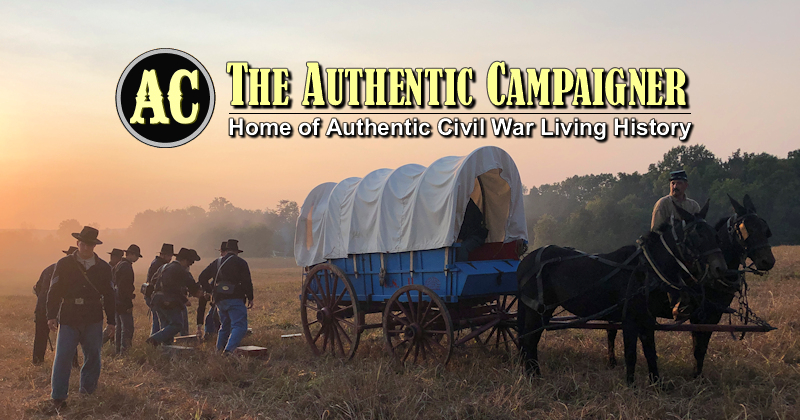Hello all,
I just purchased a de-farbed euro arms 1853 Enfield recently. The weapon has been burnished silver, and some original parts have been added. I have tried to research the topic of CORRECT bluing, and so far have come up with this.
To my understanding there is a VERY obvious difference between what is correct bluing, and what isn't. I have seen original examples that look like at one point there may have been some form of bluing, and I have also seen original examples that look like they have always been just burnished silver, like a Springfield.
My question is what is the correct form of bluing? When did it take place? and Which armory did it, or did it the most? and What is the story on the so called burnished silver Enfield?
If anyone Knows of any book, website & c, that can explain this, please send the information my way.
Thanks to all,
Matt Sternad
I just purchased a de-farbed euro arms 1853 Enfield recently. The weapon has been burnished silver, and some original parts have been added. I have tried to research the topic of CORRECT bluing, and so far have come up with this.
To my understanding there is a VERY obvious difference between what is correct bluing, and what isn't. I have seen original examples that look like at one point there may have been some form of bluing, and I have also seen original examples that look like they have always been just burnished silver, like a Springfield.
My question is what is the correct form of bluing? When did it take place? and Which armory did it, or did it the most? and What is the story on the so called burnished silver Enfield?
If anyone Knows of any book, website & c, that can explain this, please send the information my way.
Thanks to all,
Matt Sternad







Comment